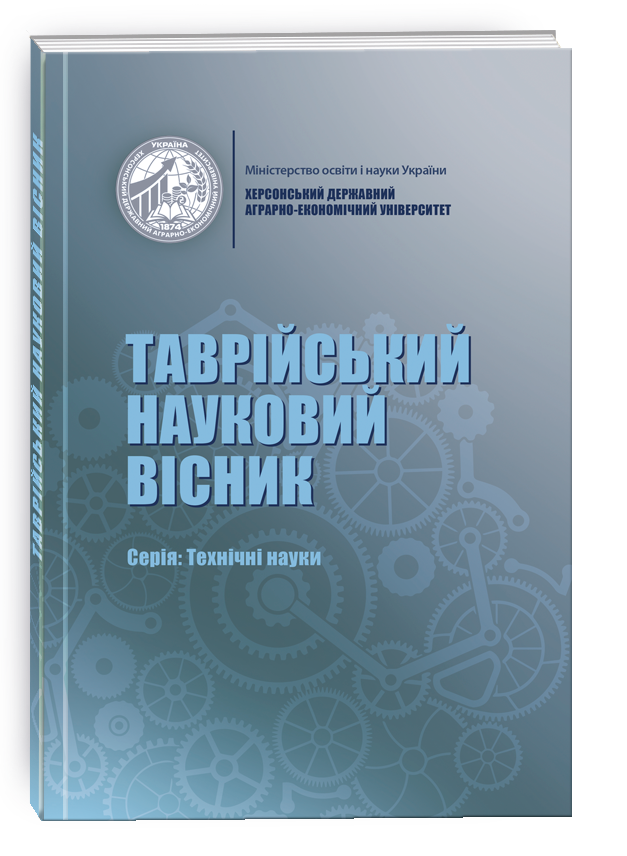EFFICIENCY OF FUNCTIONING OF COMPUTER SYSTEMS USING BLOCKCHAIN TECHNOLOGY AND DATABASES
DOI:
https://doi.org/10.32851/tnv-tech.2022.6.4Keywords:
blockchain, database, ledger, transaction, data, decentralization, centralization, consensus, data processingAbstract
The article compares the efficiency of computer systems when using a traditional centralized database against the use of blockchain technology as a decentralized database. This article aims to compare the use of blockchain technology as a database and a traditional database. To understand the difference between these two concepts, it’s worth considering what they are and how each is designed and supported. Blockchain and databases have a lot in common as they are used to store data. Bitcoin has become very popular in recent years and many people often ask if there is any difference between a blockchain and a database, as they have a number of similarities. Blockchain is often referred to as "just another database" and that its attributes can be achieved using a traditional database. However, blockchain is more than just a database. The most important advantage of the database is the speed of entering and using the required information. Thanks to special algorithms used for databases, you can easily find the necessary data in just a few seconds. There is also a certain relationship of information in the database: a change in one row can cause changes in other rows – this helps to work with information easier and faster. The database, unlike the blockchain, is a centralized ledger managed by an administrator. Databases also have unique characteristics, including the ability to read and write. Here, only parties with appropriate access can perform Write and Read operations. Databases also demonstrate the ability to store multiple copies of the same data and its history. This is done with the help of a trusted centralized authority that manages the server. Centralization brings many advantages to the database. A database uses a structure to store information. All data stored in a database can be queried using a special query language known as Structured Query Language (SQL). A database can work with almost all types of data and can help support all modern businesses. In addition, it can scale to support millions of records.
References
Nakamoto S. Bitcoin: A peer-to-peer electronic cash system [J]. Consulted, 2008.
Romano D, Schmid G, Romano D, et al. Beyond Bitcoin: A Critical Look at Blockchain-Based Systems [J]. 2017, 1(2):15.
Narayanan, Arvind, and Jeremy Clark. «Bitcoin’s academic pedigree». Communications of the ACM 60.12 (2017): 36-45.
D. M. Katz, M. Bommarito and J. Zelner, «The trust machine», The Economist, Otc. 2015. URL: https://www.economist.com/news/leaders/21677198-technologybehind-bitcoin-could-transform-how-economy-works-trust-machine (дата звернення: 17.11.2022).
Ethereum Project Homepage. URL: https://www.ethereum.org (дата звернення: 17.11.2022).
Buterin, Vitalik. "A next-generation smart contract and decentralized application platform." white paper (2014). URL: http://www.the-blockchain.com/docs/Ethereum_white_paper-a_next_generatsion_smart_contract_and_decentralized_application_platform-vitalik-buterin.pdf (дата звернення: 15.11.2022).
Fabric Project Homepage. URL: https://www.hyperledger.org/projects/fabric (дата звернення: 15.11.2022).
Azaria A, Ekblaw A, Vieira T, et al. MedRec: Using Blockchain for Medical Data Access and Permission Management[C]. International Conference on Open and Big Data. IEEE. 2016:25-30.
Створення децентралізованих блокчейн-програм: дізнайтеся, як використовувати блокчейн як основу для програм нового покоління. Шахід Шейх, 2021. 227 с.
Створення Ethereum DApps: децентралізовані програми на блокчейні Ethereum. Роберто Інфанте, 2019. 509 с.
Private blockchain is just a confusing name for a shared database. URL: https://freedom-to-tinker.com/2015/09/18/private-blockchain-is-just-a-confusingname-for-a-shared-database (дата звернення: 16.11.2022).
Blockchains vs centralized databases. URL: https://www.multichain.com/blog/2016/03/blockchains-vs-centralized-databases (дата звернення: 16.11.2022).
EU Government Pegs BLockchain. URL: https://www.coindesk.com/eu-government-pegs-blockchain-beneficiary-e30-billion- research-fund (дата звернення: 18.11.2022).
Mas working with industry to apply distributed ledger technology in securities settlement and cross border payments. 2017. URL: http://www.mas.gov.sg/News-and-Publications/Media-Releases/2017/MAS-working-with-industry-to-apply-Distributed-Ledger-Technology (дата звернення: 18.11.2022).
2006 E.coli break out. URL: https://en.wikipedia.org/wiki/2006 North American E. coli O157:H7 outbreak in spinach (дата звернення: 18.11.2022).
Dinh T T A, Wang J, Chen G, et al. BLOCKBENCH: A Framework for Analyzing Private Blockchains [J]. 2017. URL: https://arxiv.org/abs/1703.04057 (дата звернення: 17.11.2022).
Stella Project Report by European Central Bank and Bank of Japan. URL: https://www.ecb.eu-ropa.eu/pub/pdf/other/ecb.stella_project_report_september_2017. pdf (дата звернення: 17.11.2022).
Croman K, Decker C, Eyal I, et al. On Scaling Decentralized Blockchains [J]. 2016:106-125.
Gervais A, Karame G O, Glykantzis V, et al. On the Security and Performance of Proof of Work Blockchains [C]. ACM Sigsac Conference on Computer and Communications Security. ACM. 2016:3-16.
Aniello L, Baldoni R, Gaetani E, et al. A prototype evaluation of a tamperresistant high-performance blockchain-based transaction log for a distributed database [C]. European Dependable Computing Conference. 2017.
Skeen D, Stonebraker M. A Formal Model of Crash Recovery in a Distributed System[M]. IEEE Press, 1983.
Suankaewmanee K, Hoang DT, Niyato D, Sawadsitang S, Wang P, Han Z. Performance analysis and application of mobile blockchain. arXiv preprint arXiv:1712.03659. 2017 Dec 11.






